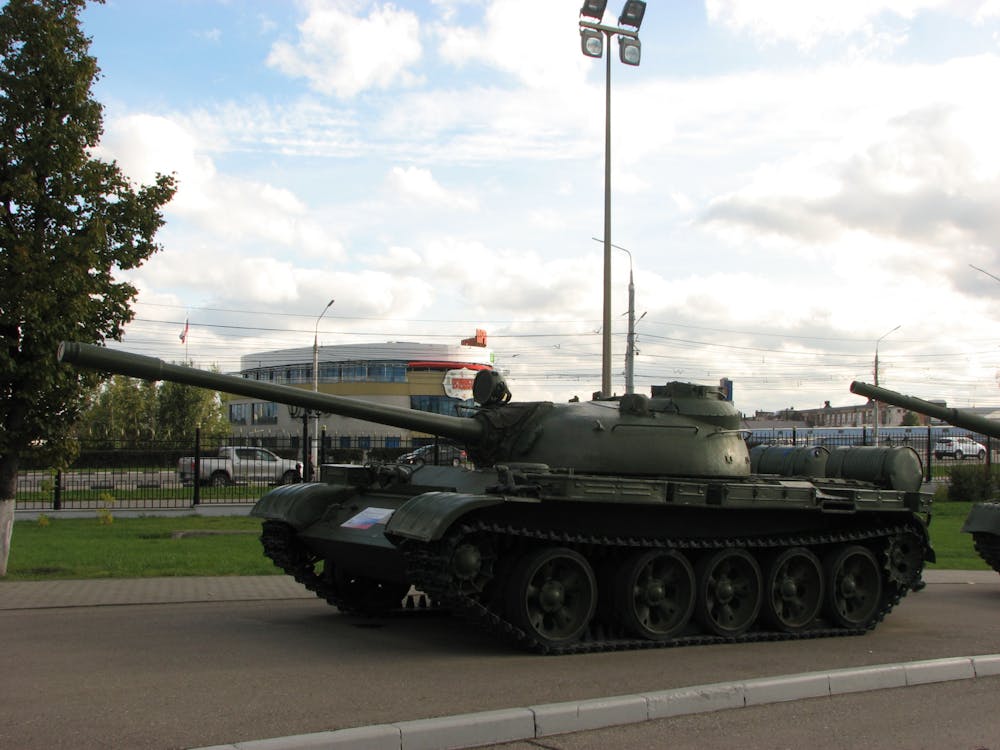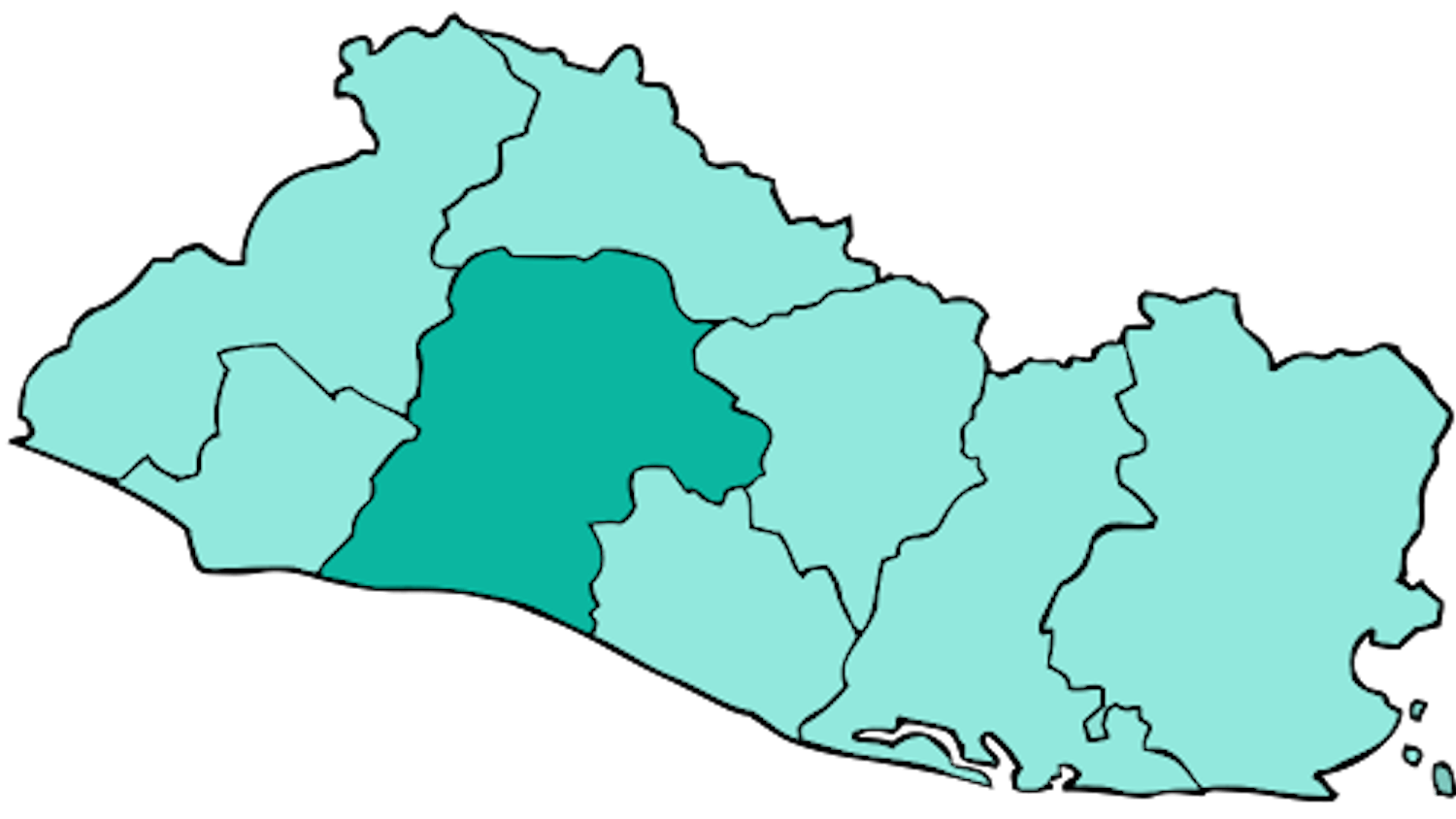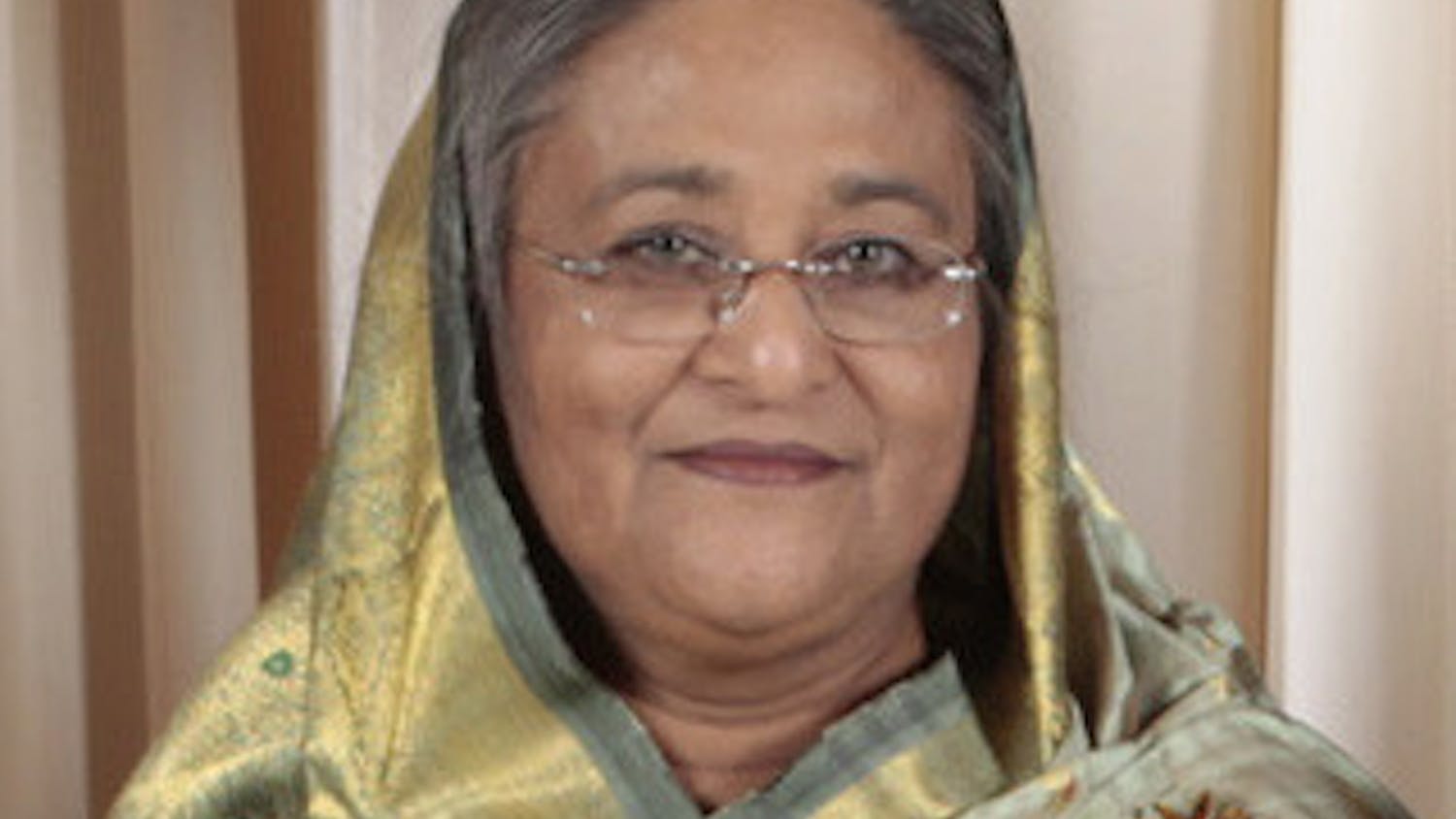By Connor Carlin
Staff Writer
As of Sunday, Jan. 23, Russia is in the process of finalizing a months-long military build-up along the Ukrainian border in a move that many observers believe is in preparation for a large-scale invasion of its neighboring nation.
Approximately 127,000 Russian land, air and sea forces have been deployed only several hundred kilometers from Eastern and Southern Ukraine, along with 36 Iskander medium-range ballistic missiles within striking distance of Kyiv, the capital of Ukraine. This escalation represents the largest in the ongoing Russo-Ukrainian War since it began in 2014, and if carried out, would be the largest European military action since World War II.
These developments have caused a scramble amongst Western forces to counter any Russian aggression, with the U.S. and fellow NATO members shipping 200,000 pounds of lethal aid through the Baltic states to support Ukraine in January 2022. Diplomatic attempts at a resolution have been repeatedly unsuccessful and deemed inadequate by Russia, including a meeting with 30 NATO members. President Biden, who himself had a 50-minute phone call with Russian President Vladimir Putin in late December, publicly predicted on Jan. 19 that he believed Russia would invade Ukraine, and that they would “pay a heavy price” if they did.
The central figure driving this crisis, Putin has been very unclear on his rationale for the build-up now of all times. Russia has issued a list of heavy demands, including the refusal of Ukraine as a member of NATO and the withdrawal of all NATO troops from nations admitted after 1997, none of which the West could ever rationally agree to. Given the seeming impossibility of these requests, commentators and experts have developed a more coherent rationale based on the history of post-Soviet Ukrainian-Russian relations.
For context, Russia has long considered Ukraine as being within its sphere of influence, dating back to its inclusion in Imperial Russia and the USSR. However, Ukraine has drifted further towards Western influence since the mid-2000s, a phenomenon which Putin believes could threaten Russia for a simple reason. After the fall of the Soviet Union, NATO, the Western military alliance, expanded its membership over the years to several Eastern European nations. Ukrainian membership in NATO would place a Western-aligned nation directly on the border of Russia, and so Putin has long tried to prevent it.
The current conflict, however, is slightly more complicated. In 2014, following the ousting of the Ukrainian russophile President Viktor Yanukovych and the overthrow of the Ukrainian government by the Euromaidan protesters, pro-Russian protests began across eastern and southern Ukraine. In the easternmost Donbas region, these protests escalated into armed conflict, with two oblasts, Donetsk and Luhansk, quickly declaring themselves independent through referendums. Then in that March, under the auspices of “protecting ethnic Russians,” Russia officially invaded, annexing Crimea and providing backing to separatist forces in Donetsk and Luhansk. The boundaries of the conflict have barely moved over the past seven years, turning the Donbas region into a humanitarian disaster.
The current Russian aggression on Ukraine’s border is not necessarily new in this conflict. Putin’s actions since the 2014 invasion have been governed by his political goals of keeping Ukraine from breaking away from Russia and falling under Western influence. He has been careful to portray his actions as justified, or to outright obfuscate Russian involvement in Ukraine, such as sending masked Russian special forces without insignias into Crimea to give the government cover until they’d taken the region. Putin has been following a similar strategy over the past months, accusing Ukraine of amassing its own troops to retake the Donbas while denying that Russia had any intent of invading.
Besides the specter of a Western-aligned Ukraine, though, is the situation at home in Russia. Putin rose to power out of the economic chaos of 1990s Russia, and managed to ride a wave of economic growth through his first two terms between 2000 and 2008. Once the economy began to stagnate in the early 2010s, suddenly the more flagrantly authoritarian, nationalist Putin began rearing his head to maintain power at all costs.
Contrary to popular belief, Putin is not completely immune to public backlash. In fact, since his re-election in 2018, Putin’s approval rating has been on a steady decline, reaching a record low of 59% for him at the start of Covid-19 lockdowns in 2020. It is possible that, along with Putin’s personal convictions and political goals, the autocrat is looking for a way to galvanize the Russian public as he looks towards potentially maintaining his grip on power past the 2024 presidential election.
Without a doubt, however the current situation in Ukraine plays out, the status of geopolitics will change and not just for Russia. As it stands, Russia could potentially launch a full-scale invasion to fully reabsorb its former territory, though it may not be able to hold it. The U.S. and its NATO allies may not be on the same page strategy wise, as evidenced by President Biden and French President Emmanuel Macron’s differing comments, but they are still in a general agreement against Russian aggression. Putin seems to be readying his next move, and the only thing the world can really do now is try the best it can to prepare itself for whatever happens.







